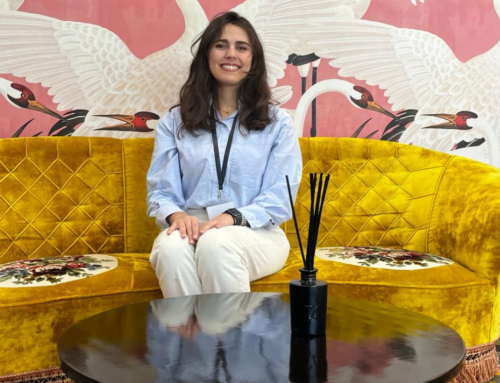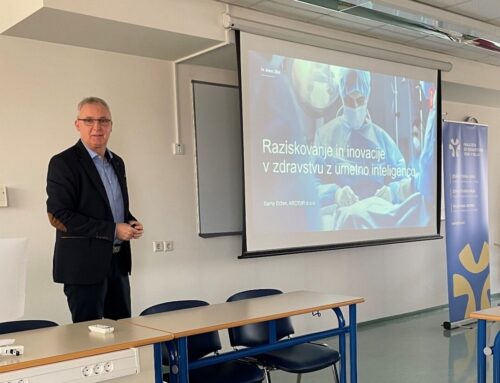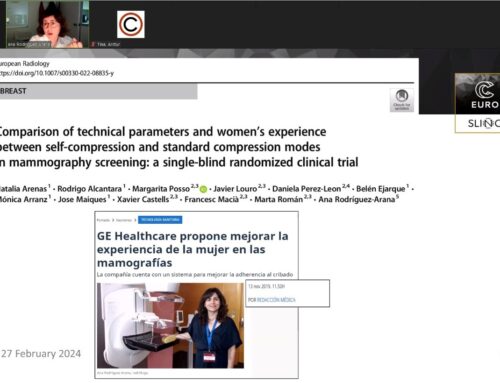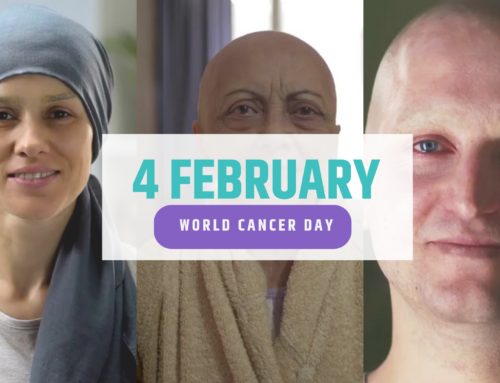The QUSTom interview series aims to introduce readers to the people behind our research. Meet Oscar Bates, PhD in Medical Imaging from Imperial College London.
What is your profession and how long have you been in the research and science world?
I am a Physicist, which has been an interest since I first studied as a teenager. I studied this as an undergraduate student at the University of York. After my first degree, I worked in x-ray imaging for 3 years. In general, tomographic imaging depends on understanding the physics of how “probes” (e.g. ultrasound, x-rays, or magnetic fields) interact with materials (e.g. the human body). I was excited to study to ultrasound imaging at Imperial College London, and have been working on this since 2018.
With QUSTom, we study the physics of the Wave Equation in the body. In many ways, this is a very specialised field – we study the Acoustic Wave Equation in people – but the Wave Equation is foundational in Physics and, because of this, our work could be relevant to many other fields.
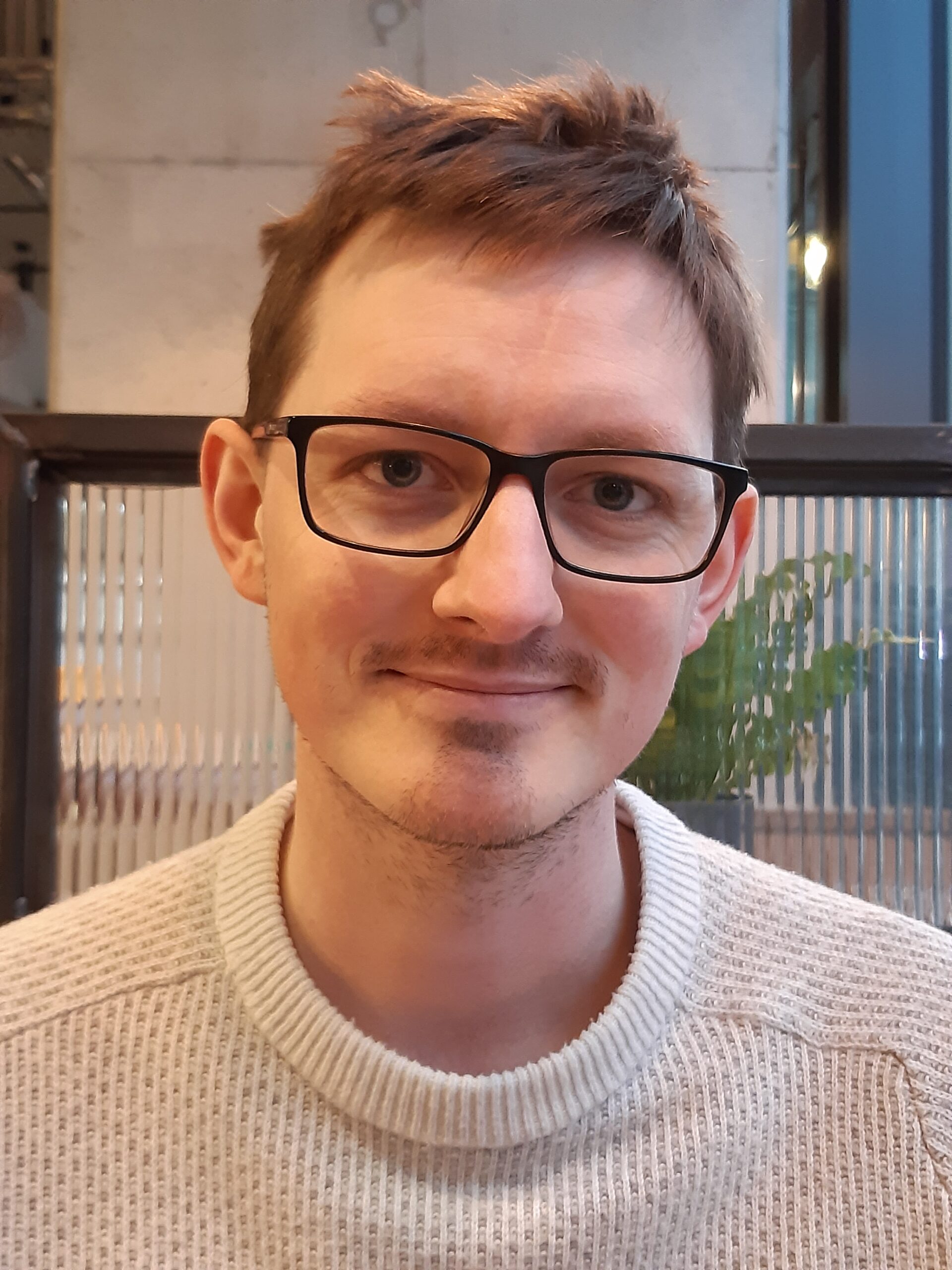 Why did you choose this profession and what motivated you to do it?
Why did you choose this profession and what motivated you to do it?
Ultrasound Computed Tomography is very challenging, which makes it interesting. Acoustic waves behave in a complicated way in the body. However, physics has excellent descriptions for the physics of acoustic waves, which means that we can really concentrate on the complexity of the interaction between the tissue and the acoustic waves. This is much harder in Magnetic Resonance Imaging, for example, because the physics of many electrons in a magnetic field is less clear. This makes it almost impossible to reach the same level of understanding in MRI as ultrasound. Acoustic systems are possibly the simplest non-linear system and non-linear systems are something that physics struggles to explain in general.
Can you provide an overview of your specific role and responsibilities within the QUSTom project, and how it contributes to its overall objectives?
The QUSTom project is essentially divided into three parts: first, there is the device that we use to make the images. Next, we have the software responsible for image reconstruction. Finally, there is my part, which has to do with how we evaluate the quality of the images. To do this, we use an uncertainty estimator that I invented and developed.
In your opinion, what sets QUSTom apart from other initiatives focused on improving the diagnosis of breast cancer?
Most research projects focus on improving existing imaging types, such as CT and MRI. What’s really unique about QUSTom is that we’re inventing something entirely new. We use ultrasound data to produce 3D images which is something that’s never been seen before, and we use the uncertainty estimated to assess whether that sound speed is accurate or inaccurate.
As the QUSTom project progresses, what are your hopes and expectations for its long-term impact on breast cancer patients and the healthcare community as a whole?
We are developing a novel technology that we don’t expect will replace everything all at once. Our goal now is to improve the current screening methods for breast imaging. However, in the long run we hope our ultrasound tomography technique could replace many other imaging modalities in screening because it avoids the risks of radiography.
Do you have any advice for young researchers who would like to follow in your footsteps?
If you want to be a Physicist, you should try to study Physics at university. It is important to enjoy thinking about how the world works. Also, the more you study, the more important Maths becomes. Maths was not something I enjoyed when I was younger and I have developed an better understanding and enjoyment of it later.
More generally, everyone can offer an opinion about success, and different people will have different opinions. In my opinion, two things are important to understand. First, you need to know what you enjoy, because enjoying something is very motivating. Second, if you want to do something different, you need to persevere. It is easy find difficulties discouraging and easy to do the same thing as others. It can be hard to believe in yourself and your opinions. Understanding why people are sceptical is key to being convincing and changing your field.


